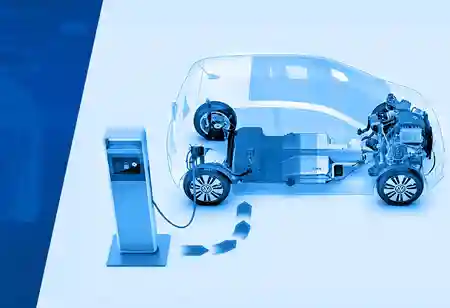Many consumers are waiting for electric vehicle batteries to develop in terms of technology and scale, lowering their costs per kWh and bringing them closer to cost parity with current internal combustion engines.
FREMONT, CA: Given the various layers of complexity that manufacturers and suppliers must solve, progress in the evolution of autonomous electric vehicles (EVs) has been gradual. The advancement of technology and systems within the vehicle to ensure safety and quality, the safe management of and access to the data holding the connected and autonomous process of the vehicles, and the overall operating experience of owning and driving these modern automobiles are all examples of these complexities. Supported EVs require larger ecosystems and alliances, ranging from tier-one suppliers of subsystems and parts to academic and industry research to smart cities with more extensive electric charging infrastructures.
EV adoption will accelerate due to a mix of ongoing subsidies, expanded brand and model lineups, and continual technological advancements (batteries, plug-in hybrids, charging periods, and so on), which will alleviate customers' apprehension about buying an EV. Ecosystem collaboration is a vital component of this technology development to reduce time to market and sustainably generate environmentally friendly products.
According to a global survey, 66 percent of discrete manufacturers expect to focus on environmental sustainability activities and indicators with their partners. Many consumers are waiting for EV batteries to develop in terms of technology and scale, lowering their costs per kWh and bringing them closer to cost parity with current internal combustion engines. Buyers also want additional vehicle charging stations to spring up, making long-distance driving easier.
Check Out This : Life Sciences Review
Companies must modify their design and engineering processes to focus on supplying more electrical content and enhancing the efficiency of electric motors and battery subsystems from a development standpoint. They must also take into account the growing role of software. To provide visibility throughout the development process and smooth collaboration among mechanical, electrical, and software development teams, this new development perspective must adopt a holistic approach across the product life cycle.

 Copyright © 2025 AutoTech Outlook. All Rights Reserved | Privacy Policy | Subscribe | Sitemap | About us | Feedback Policy | Editorial Policy
Copyright © 2025 AutoTech Outlook. All Rights Reserved | Privacy Policy | Subscribe | Sitemap | About us | Feedback Policy | Editorial Policy